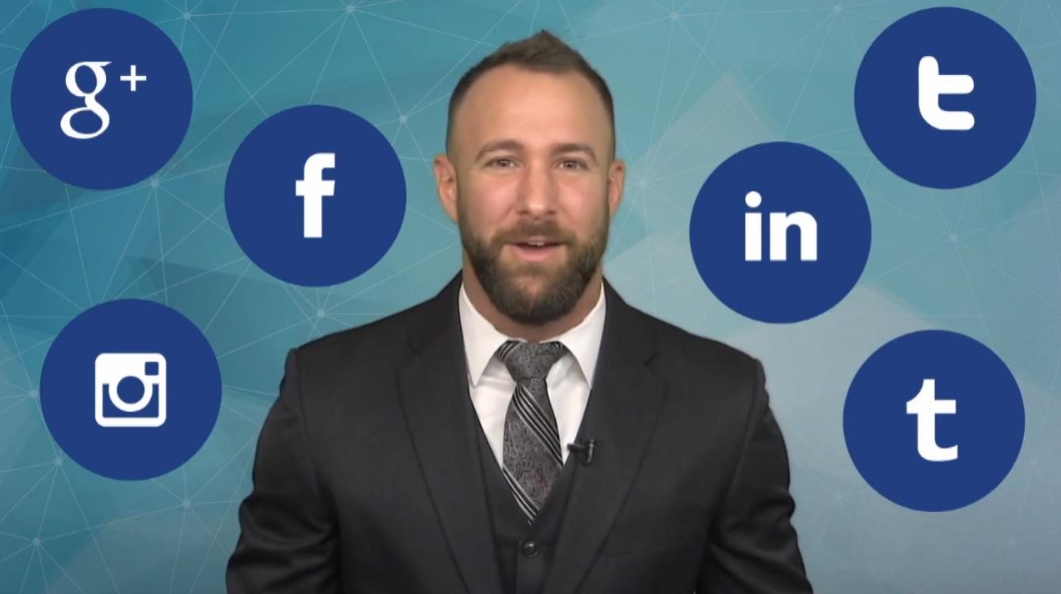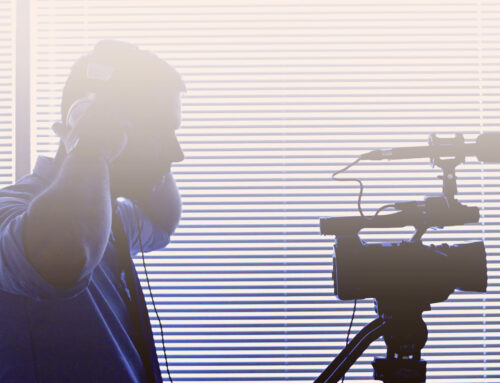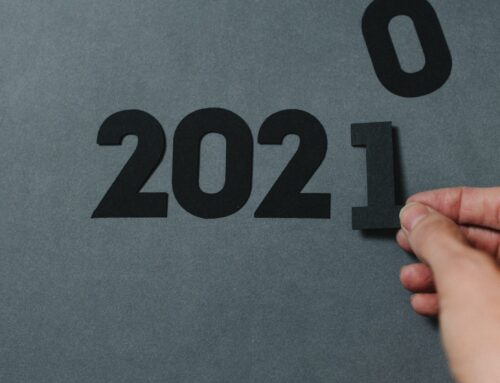I love Mr. Rogers. Always have and always will.
Like many other kids growing up, the phrase “Won’t you be my neighbor?” was a staple of my childhood. The way Mr. Rogers related with us kids, and even adults, was something profound — revolutionary even! He taught with words of course, but more importantly, he SHOWED us. Watching Daniel the Tiger deal with the emotion of a current event, or watching Officer Clemmons, an African American, share a kiddy pool with Mr. Rogers as they cooled off their feet, was far more impactful than if he just told us. The imagery still sticks in my mind today…
You’re probably asking, what in the world does CE have to do with Mr. Rogers and a bunch of puppets!? I was thinking the same thing when I started relating the two. But the more I thought about it, the underlying concepts, the reason he was so effective, can be applied to your CE business, just on a slightly different scale and method (I’m all for you trying out a puppet led program!)
We’re visual people. Our brains can soak imagery up fast! That’s where motion graphics, animation, comes into play as a learning tool. An MIT study found that you can process visual information in as little as 13 milliseconds. With as much information as we’re bombarded with today, that’s a big deal to understand in content creation. Just as my child brain could relate and remember better with a Neighborhood puppet, the same could be said today with my adult brain (debatable) processing bullet points from a presentation via motion graphics and animated imagery.
So, do we turn your next on-demand into a parody of Finding Nemo? Probably not. But there are some effective ways to slide motion graphics into your content and increase impact. And sometimes equally important, your marketing materials.
In-screen Graphics
Most of the time slides supplement your online programs. But what about supplementing the actual video with graphics? With our shorter attention spans and wondering eyes, mentioned in the MIT study above, adding animated titles, icons, moving art, and transitions are a fantastic way to keep the focus on the program. In a session with our friend Ethan Wall down in Florida, the main talking points of interest were illustrated with motion graphics to really drive home his lecture. Did we use them for every sentence read? Nope. But we did use them for his highlights, and often enough to keep eyes on the viewer.

Event Promotion
You’ve got some good programs lined up, so it’s time to tell them about it! Using an animated video, catch eyes and attention by using motion graphics to showcase individual programs or even your upcoming season. Showcase it in your catalog, social media, website, anywhere online where you post-seminar information. Imagine a promotional video for your upcoming program auto-playing on social media…
Branding Videos
Your story, culture, and reason for providing CE are important, and it’s great to remind learners about your dedication to them. Video is a fantastic medium for that. But, sometimes schedules, logistics, and camera-shy staff get in the way showcasing all of what your department does on video camera. An animated short is a great workaround, equipped with smooth graphics, professional audio, and voice work. Here’s one of our friends up in Oklahoma.
Tutorial and Explainer Videos
Most of your learners have experience in our catalog. But what about those who are new or need a refresher? Using screen capture and laying a heavy dose of motion graphics on top is a sure-fire way of getting learners on the right path and start buying content.
Memorable Video
Video as a key player in the delivery of information is here to stay. It’s how we work together to deliver content to our learners. So just like Mr. Rogers did back in the day, let’s find ways to make your great content stick even better. Animated motion graphics is a fantastic place to start.
Take a peek and some of our current work.






